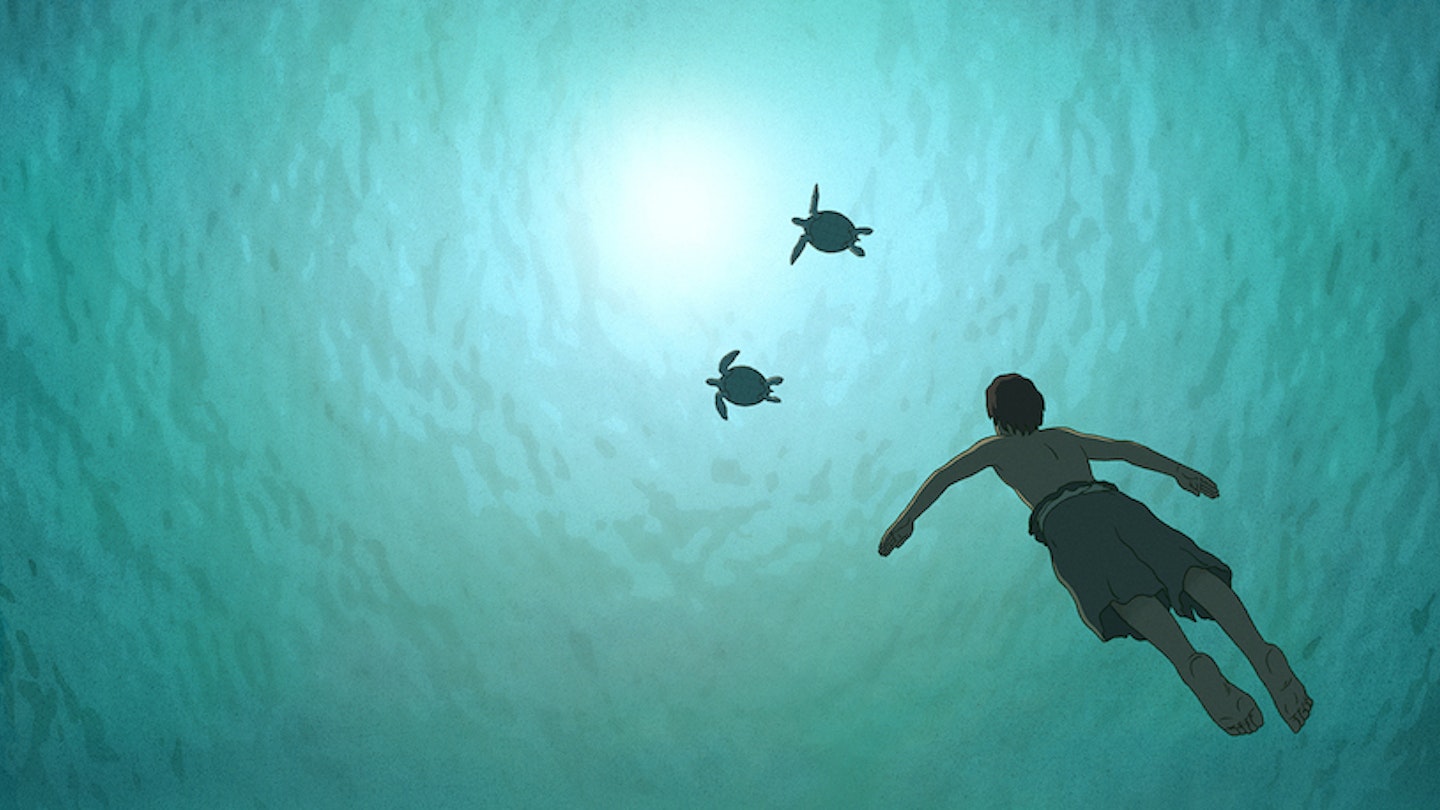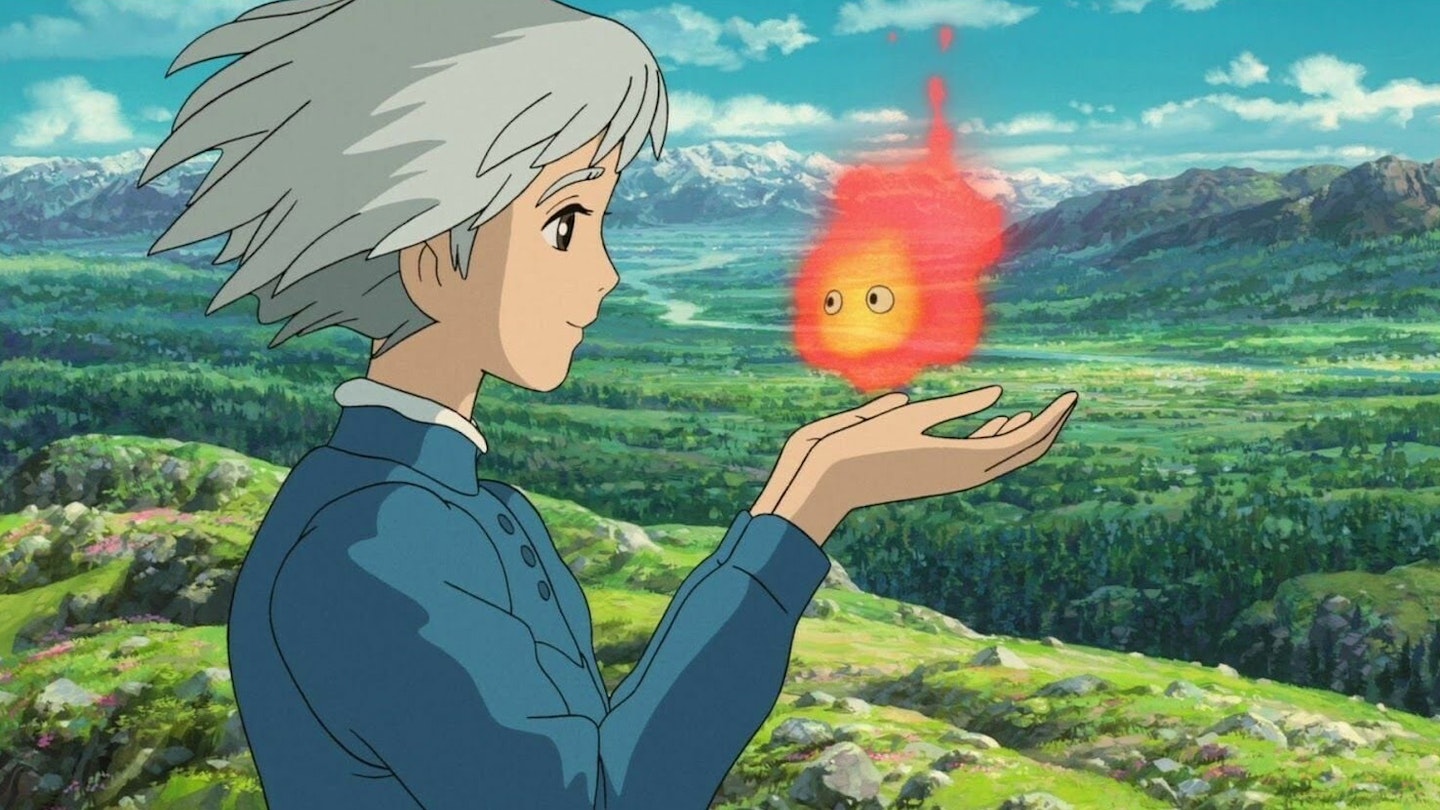If you ever wondered what the art of Hergé might look like brought to life by Studio Ghibli, then The Red Turtle should finally answer that question. This gorgeous French-Belgian-Japanese co-production was the result of the Tokyo-based animation powerhouse offering a gig to Dutch-British animator Michael Dudok de Wit, so impressed were they with his 2000 Oscar-winning short Father And Daughter. And The Red Turtle is very much a spiritual successor to that charcoal-smudged, eight-minute film: both centre on a very small family of characters; both shimmer with carefully applied magic-realism; both deal with mortality; both place tiny figures in awesome landscapes; and both are entirely dialogue-free.
A welcome reminder of what feature animation can offer when you venture far beyond its crowded mainland.
If the prospect of watching a silent animated feature (rather than one with songs) worries you, rest easy. The Red Turtle is so visually captivating you wonder if any dialogue (beyond the occasional shout of, “Hey!”) would break the spell. Under Dudok de Wit’s supervision, the Ghibli animators make moving art out of tumbling, bubbling surf, the swaying of bamboo forests and the playful skittering of crabs. The story’s Crusoe-esque castaway may initially despair of his situation, but the verdant hump of land (no doubt deliberately reminiscent of a turtle’s curvaceous shell) on which the ocean so rudely deposits him is a true paradise, teeming with life that sits comfortably below humanity on the food chain.
Not that Dudok de Wit’s vision of nature is in any way sentimental. Early on, we see a lifeless baby turtle being dragged along by one of those playful wee crabs; later, one of those crabs itself becomes dinner to a passing gull. Death is as present as life; indeed, the moral of this story may be that life and death are as close as husband and wife, both equally essential to the creation and sustenance of new life.
It’s an idea expressed through surreal touches, from the man’s vivid dreams of flying along a far-stretching pier, to the depiction of a cresting wave frozen in time, to an unsettling inter-species transmutation on which the plot, such as it is, hinges. These are impressively lyrical, but may confound those who crave traditional, easily digestible exposition. Like children, for example. Despite its unapologetically cartoony style — with characters who have Tintin-ish dots for eyes rather than the huge peepers you usually expect from anime — this feels about as appropriate for little’uns as Terrence Malick’s The Thin Red Line was for fans of John Wayne’s war movies.
That said, it’s a welcome reminder of what feature animation can offer when you venture far beyond its crowded mainland, noisily populated by pixel-generated talking animals and whatever the hell the Minions are. It’s a profoundly soothing experience — like a tropical holiday for the multiplexed mind.




